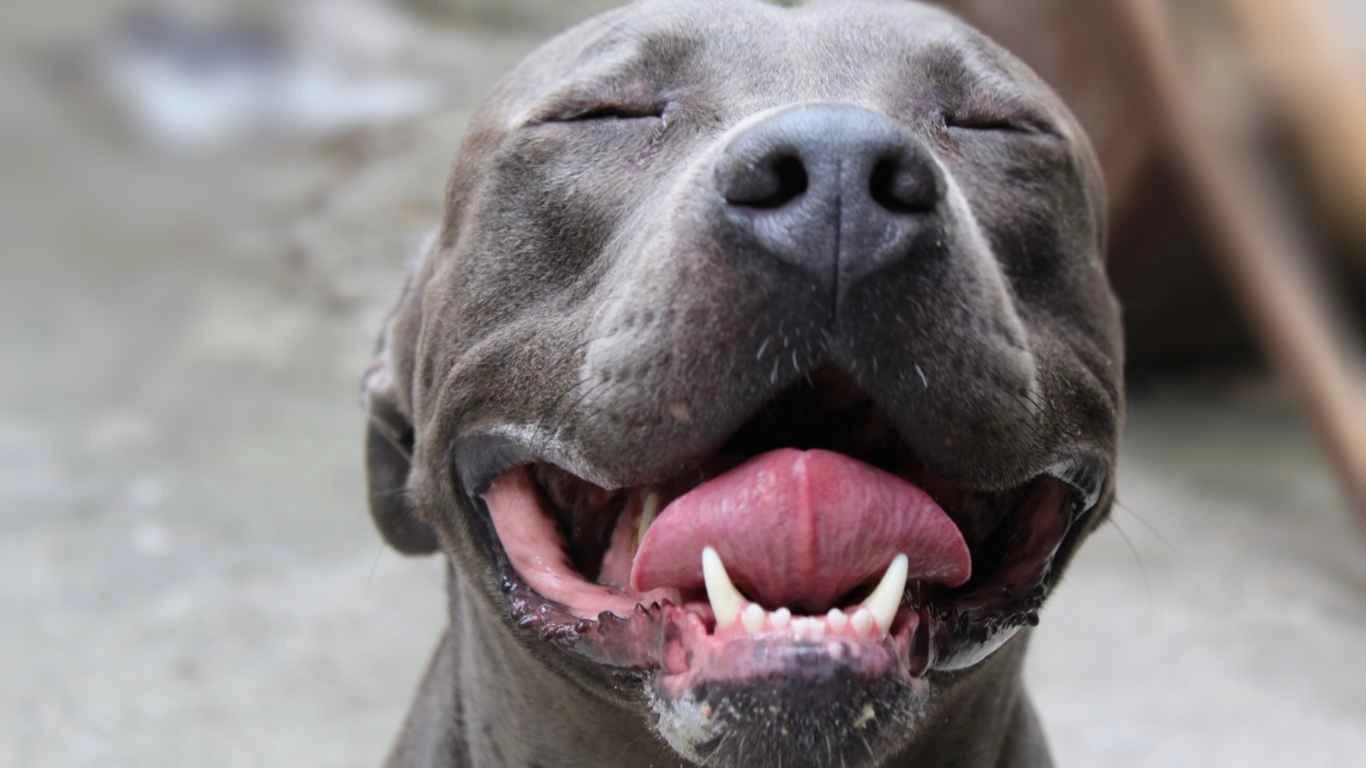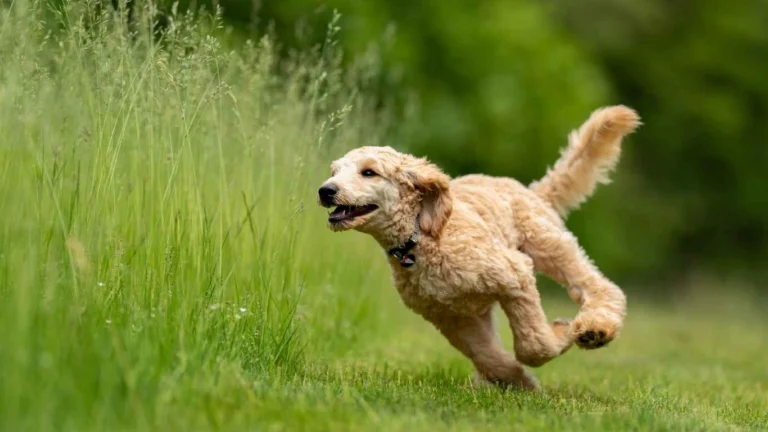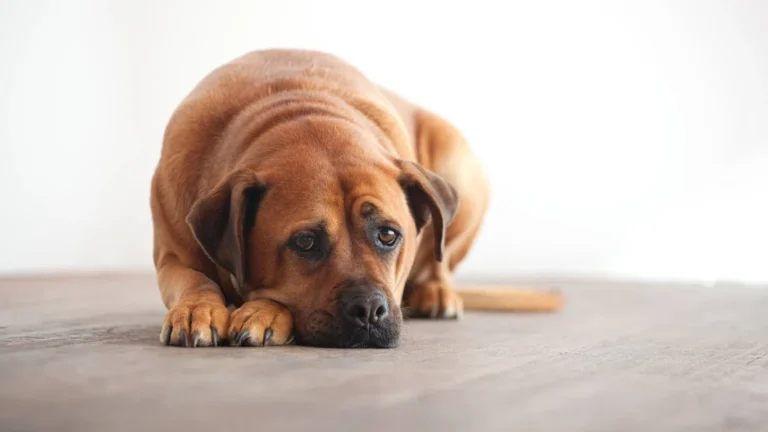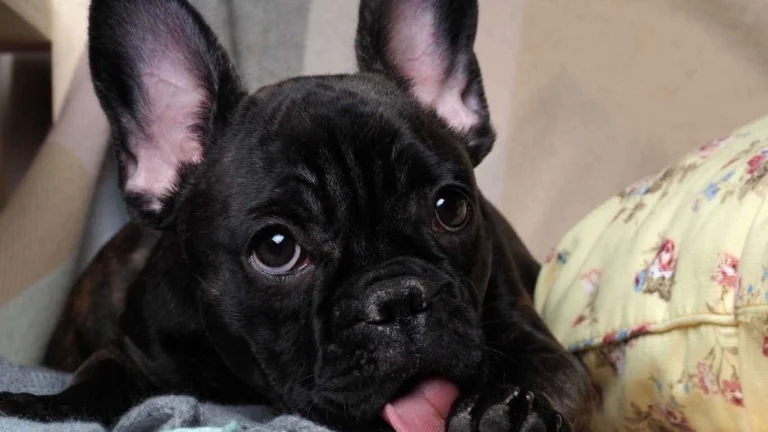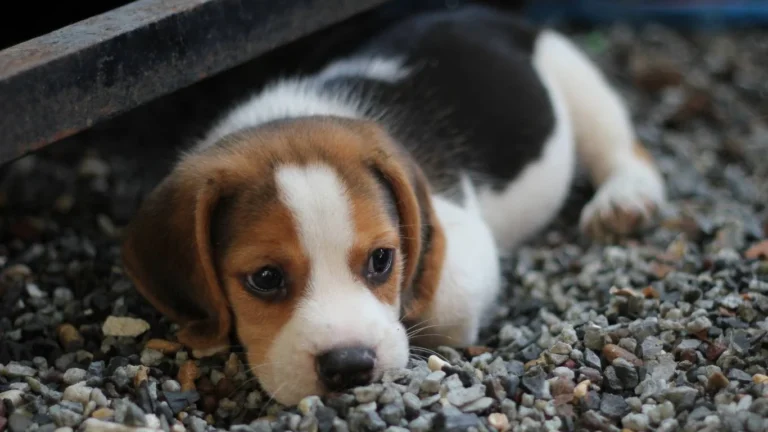Best Diet to Reduce Dog Shedding Naturally and Improve Coat Health
If you’re constantly sweeping up fur and wondering if there’s a better way to help your dog shed less, you’re not alone. As someone who’s spent years hands-on in pet clinics and shelters, I’ve seen firsthand how much of a difference the best diet to reduce dog shedding naturally can make. It’s not just about keeping your floors cleaner—it’s about your dog’s comfort and overall health. The right nutrition plays a surprisingly big role in how much fur ends up on your couch (and clothes and car seats…). Let’s dive into what I’ve learned over the years and what really works when it comes to feeding for a healthier, shinier, and less-shedding coat.
What Causes Excessive Shedding in Dogs?
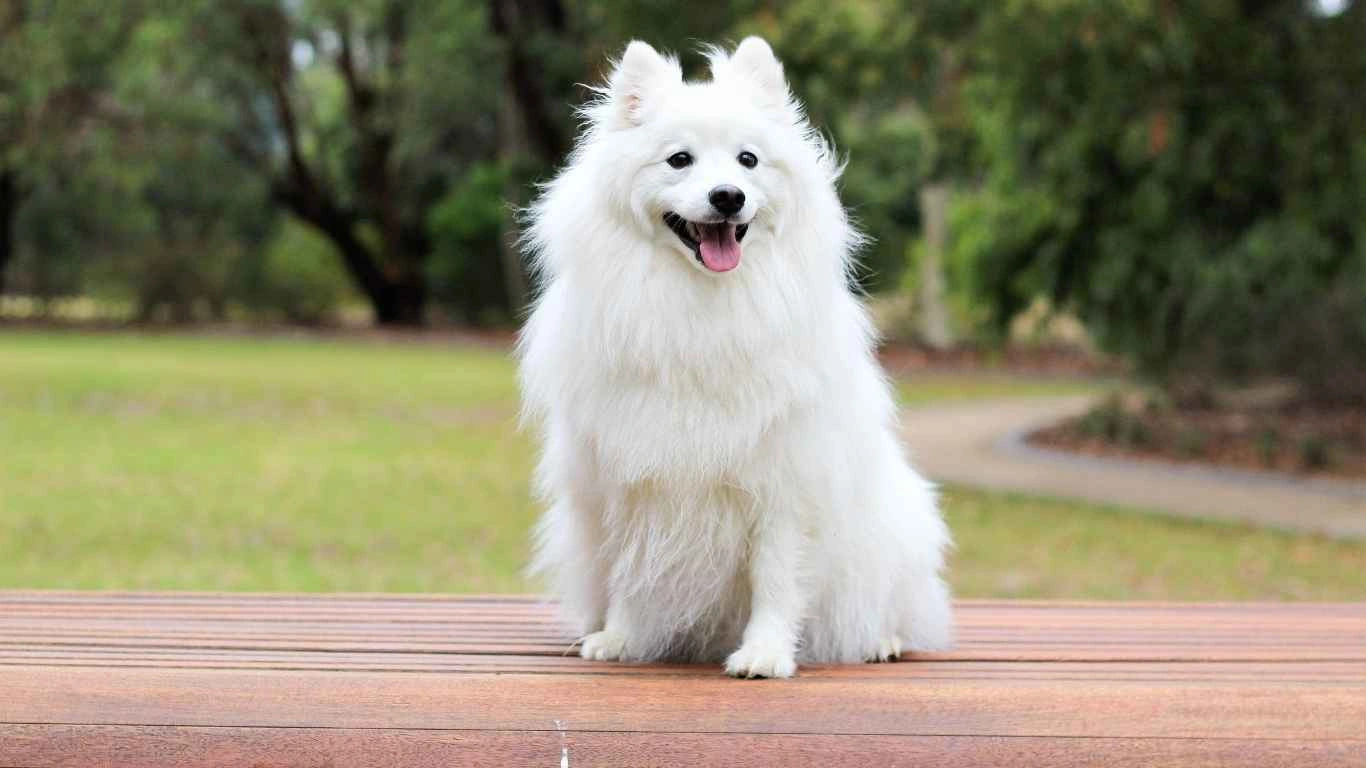
Shedding is a natural process for dogs—just like how we lose hair—but sometimes, it gets out of hand. Working in shelters, I’d often meet pups who were losing fur like crazy. A lot of folks would rush in thinking it’s allergies or some kind of skin condition, and while that can be true, more often than not, it came down to what was in their food bowls.
Here’s the deal: a poor diet can mean nutritional gaps, and that leads to dry skin, brittle fur, and more shedding. So if your pup is basically a fur factory, it’s time to look at what they’re eating first.
Some Common Dietary Triggers:
- Low-quality kibble loaded with fillers like corn, wheat, or by-products
- Lack of omega fatty acids (especially omega-3s)
- Insufficient protein or low bioavailability of the protein source
- Food sensitivities or mild intolerances (chicken and beef are common culprits)
It might sound overwhelming, but making a few smart tweaks can make a huge difference. I’ve helped dog parents who were about to throw in the towel turn things around just by guiding them to the right food.
How the Best Diet to Reduce Dog Shedding Naturally Works
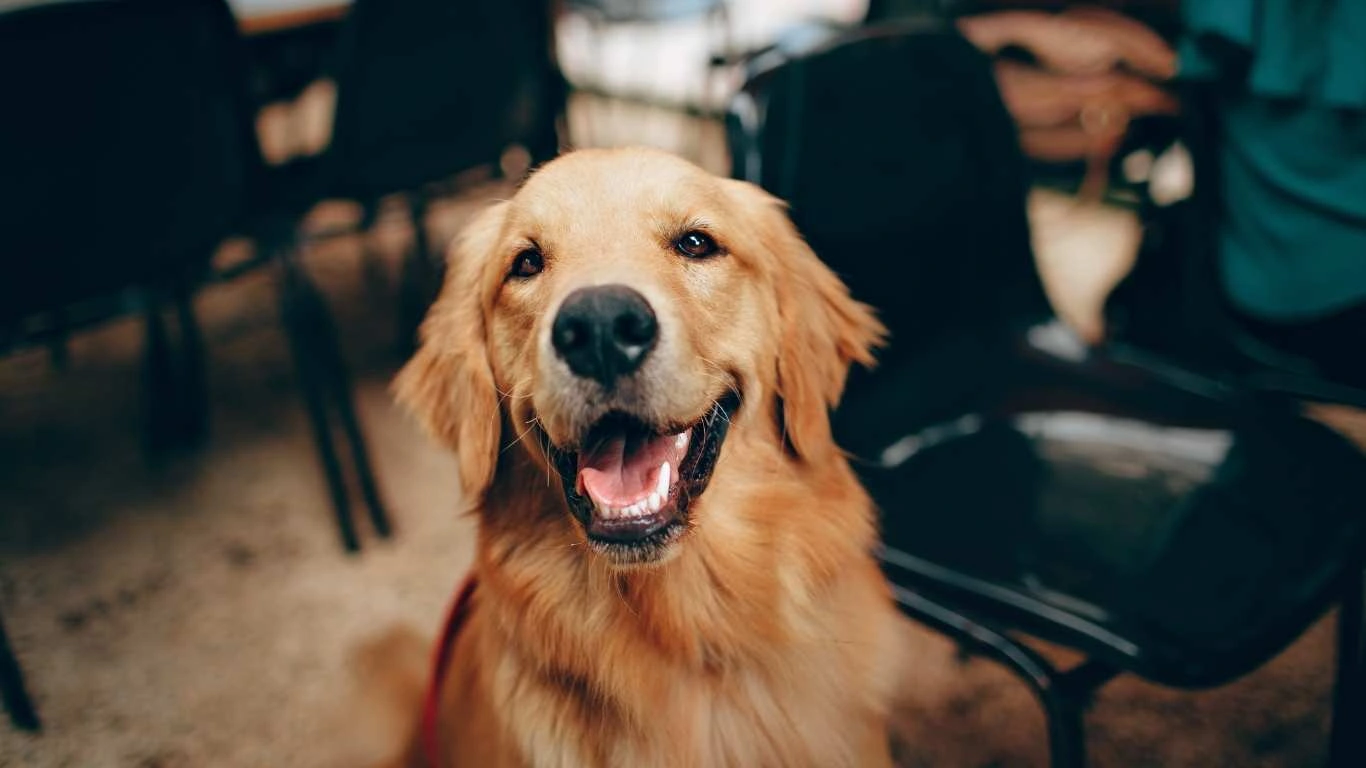
So, what exactly is this “best diet” I keep going on about? Well, it’s not a magical one-size-fits-all formula, but it does follow a few solid principles. I like to call it the “shed-smart plate.” Think of it like this: just like our skin glows when we eat clean, a dog’s coat reflects what’s going on inside. The shinier and softer the coat, the healthier the pup. Less dryness means less hair falling out everywhere.
Key Nutrients That Help Tame Shedding:
- Omega-3 and Omega-6 Fatty Acids – These are anti-inflammatory and help improve skin health. Look for ingredients like fish oil, flaxseed, or salmon.
- High-quality, digestible proteins – Think salmon, turkey, duck, or even lamb. These support healthy hair follicles and regeneration.
- Biotin and Zinc – These are often overlooked but super important for coat health.
- Vitamin E and A – Great for skin repair and fur strength.
When I transitioned shelter dogs with intense shedding issues to diets rich in omega-3s (hello, sardine toppers and salmon-based kibble!), the improvement was often dramatic—and not just in appearance. They were comfier, less itchy, and definitely happier.
Whole Foods That Support a Healthier Coat
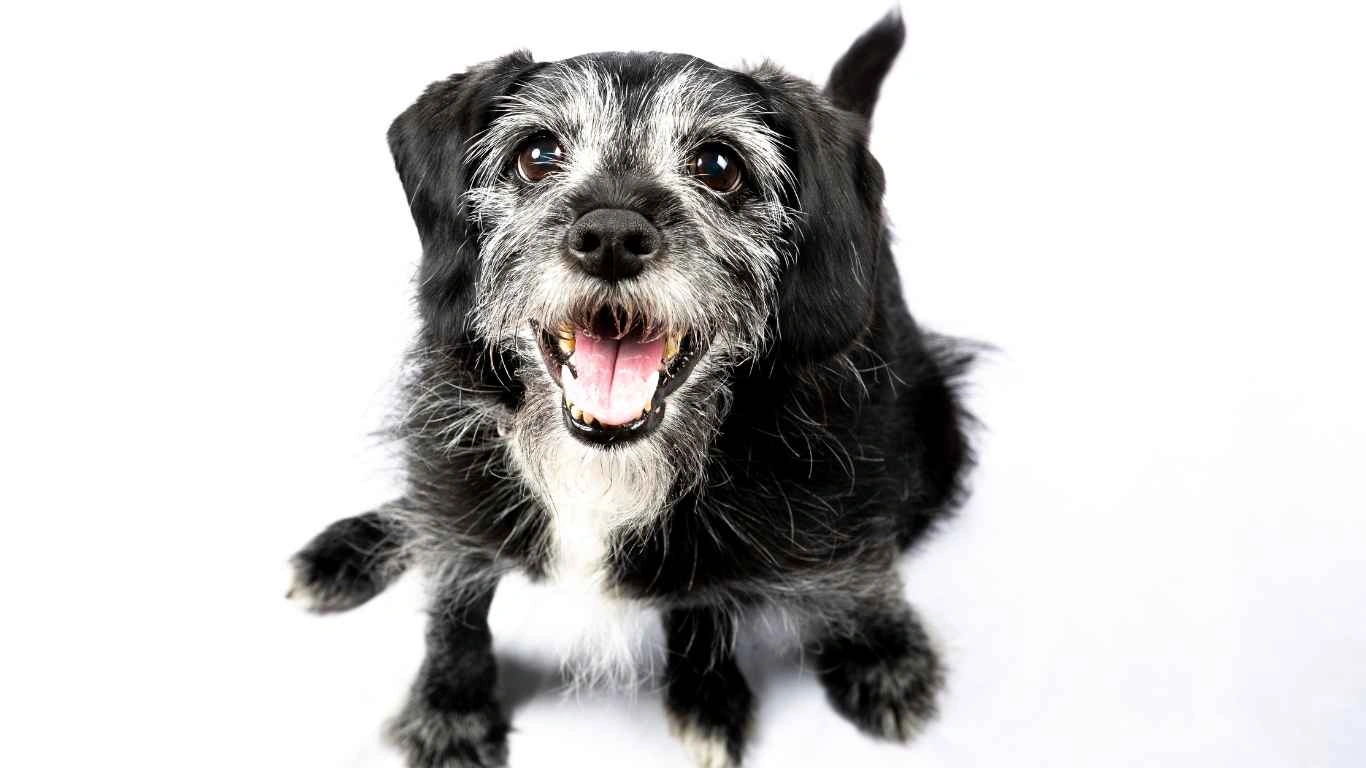
Now, I’m not saying you have to become a canine chef overnight, but adding a few natural whole foods into your dog’s routine can go a long way. At the clinic, we’d often suggest simple add-ins to boost coat health—especially for dogs that couldn’t tolerate supplements.
Some of My Go-To Coat-Boosting Foods:
- Sardines (in water, no salt) – Packed with omega-3s and super affordable.
- Eggs – A great source of biotin and protein. Just make sure they’re cooked.
- Carrots and blueberries – Full of antioxidants that fight inflammation and keep skin happy.
- Sweet potatoes – Great source of vitamin A for cell health and coat shine.
I had one lab mix at the shelter who went from dull, flaky fur to glossy black velvet just by switching to salmon-based food and getting sardines twice a week. No pricey treatments—just real, nourishing food.
How to Transition Your Dog to a New Shedding-Reducing Diet

So now that we know what should be on the menu, let’s talk about how to actually make the switch. This is where I see a lot of people stumble. I can’t tell you how many times I’ve had pet parents panic because their dog got an upset tummy after one bowl of new food. Truth is, even the best diet to reduce dog shedding naturally can cause digestive hiccups if you go too fast.
Back when I was working in the shelter system, we had to be especially careful about this. Dogs coming in were often stressed, malnourished, or just plain overwhelmed—so a gentle transition was key. Here’s the same approach I recommend to clients (and use with my own dogs at home):
Simple Transition Plan:
- Days 1–2: 75% old food, 25% new food
- Days 3–4: 50% old food, 50% new food
- Days 5–6: 25% old food, 75% new food
- Day 7+: 100% new food
This slow approach not only helps their belly adjust, but also lets you monitor for signs of intolerance. If you see itching, vomiting, or loose stools that last more than a day or two—pause and reassess. Every dog’s different, and it’s okay to experiment a little until you find the sweet spot.
Supplements That Can Support Coat Health
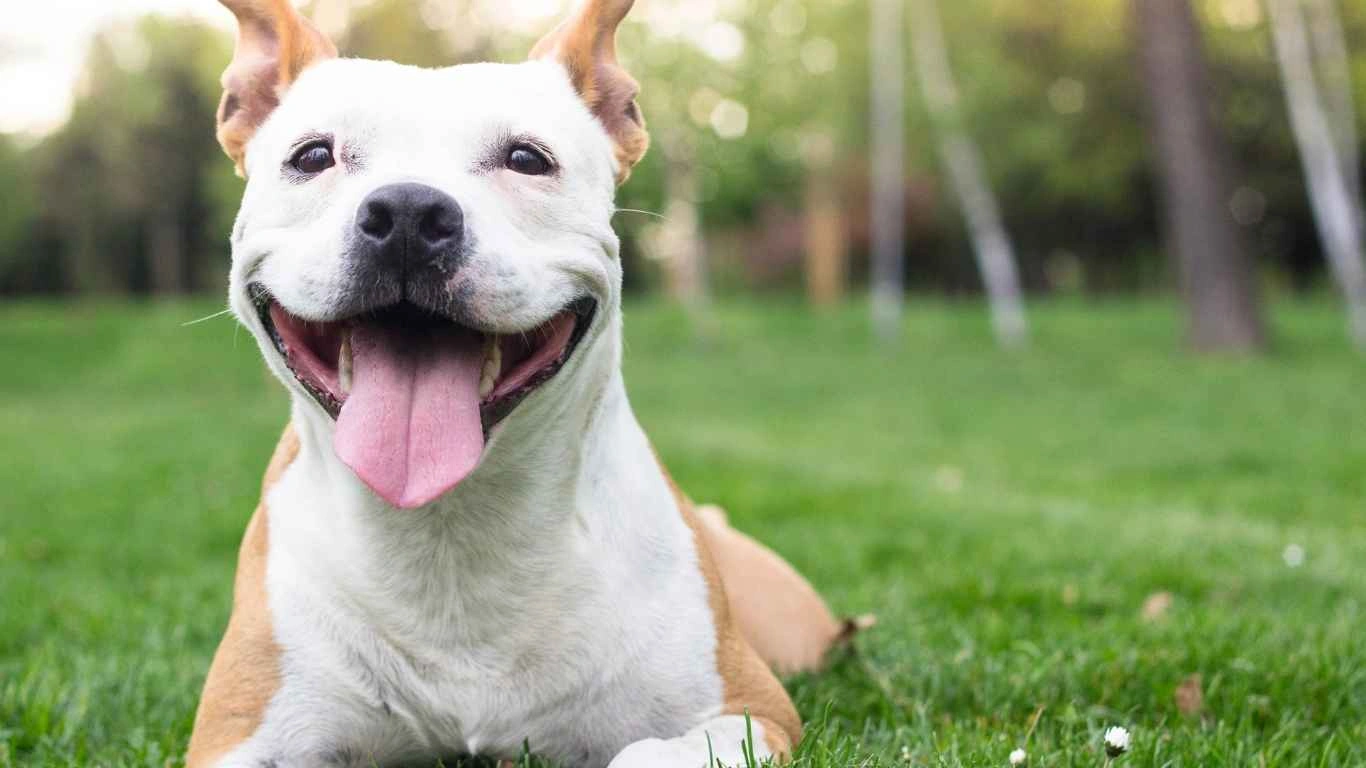
If you’re already feeding a balanced, whole-food diet but still battling fur tumbleweeds, adding a supplement might be the missing piece. I’ve had some great success using targeted coat-support supplements in shelter and clinic settings—especially for seniors or rescues recovering from long-term poor nutrition.
Supplements I’ve Personally Seen Work:
- Fish oil capsules or pumps – Easy to mix with food and full of omega-3s. I love the ones with wild-caught salmon or sardine oil.
- Coconut oil – Some dogs respond well to a small spoonful daily (start slow—it can cause loose stools in high amounts).
- Multivitamins with zinc, biotin, and B-complex – A great choice for dogs on limited-ingredient diets.
- Probiotics – Good gut health = better nutrient absorption = less shedding. It really all ties together.
I always recommend checking with your vet first, especially if your pup is on any meds. But in my own work, these small additions often gave that extra boost dogs needed to grow a healthy, sleek coat.
Signs Your Dog’s Diet Is Working
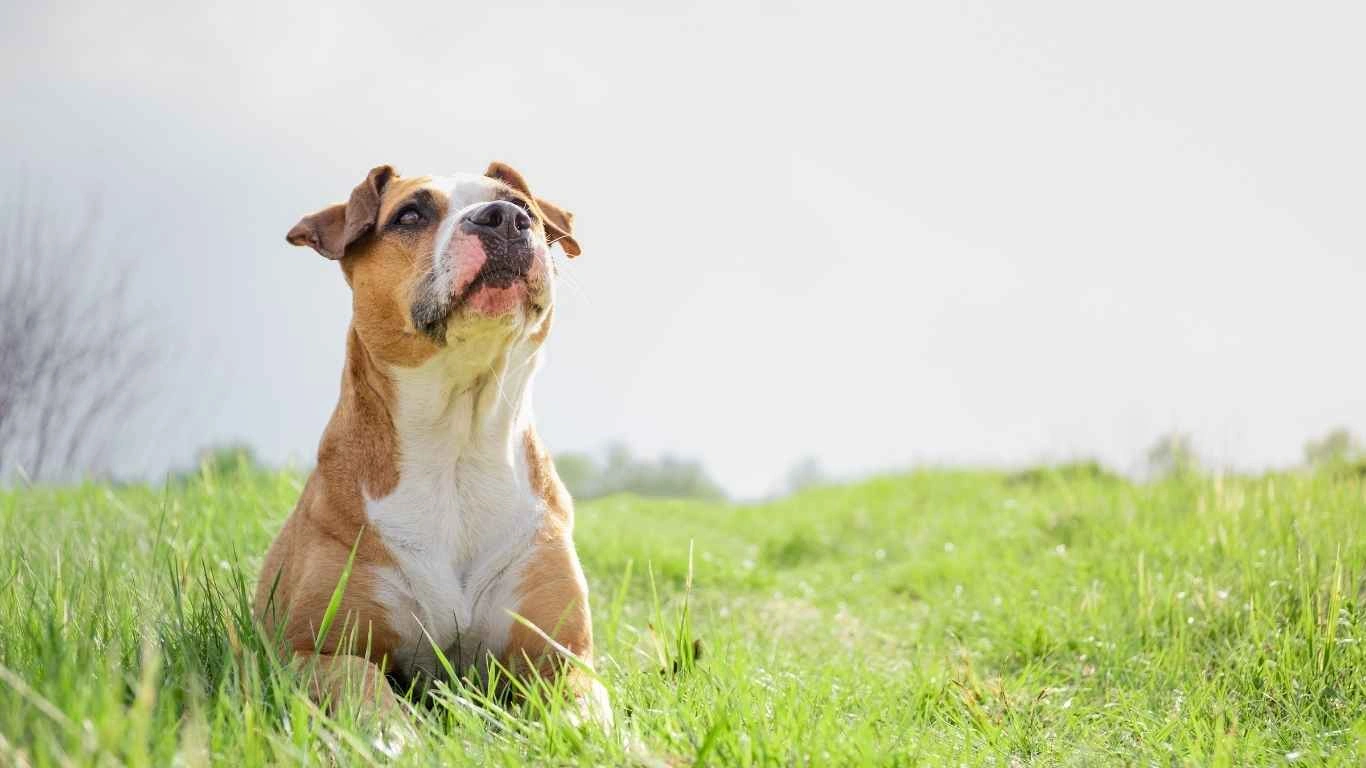
Once you’ve started feeding a better diet and maybe added some supplements, how do you know it’s actually helping? Shedding won’t vanish overnight, but there are definite signs to watch for that show you’re on the right track. I used to keep a simple checklist on hand at the shelter to track progress—and it works just as well at home.
Positive Progress Markers:
- Shinier, softer coat – You’ll actually feel the difference when you pet them.
- Less dandruff or flaking – Dry skin often means missing nutrients.
- Decreased scratching and licking – Less irritation means better skin balance.
- Reduced shedding – You’ll start noticing less fur on the floor, in the brush, and on your clothes.
One dog I worked with, a senior shepherd named Milo, had chronic shedding that drove his foster family up the wall. We switched him to a grain-free, salmon-based food, added a biotin supplement, and within 3 weeks—total turnaround. His coat looked like he’d just stepped out of a doggy spa. The best part? He seemed way more comfortable and confident. Sometimes, fur tells you a lot more than you’d think.
Common Mistakes to Avoid When Changing Your Dog’s Diet
Okay, I’ve gotta throw in some tough love here. Over the years, I’ve seen some common mistakes that totally sabotage good intentions. If you’re serious about finding the best diet to reduce dog shedding naturally, avoiding these missteps will save you frustration and your dog discomfort.
Top Mistakes That Can Stall Progress:
- Switching foods too quickly – We talked about this earlier, but it’s worth repeating. Slow and steady wins the race.
- Feeding trendy foods with poor nutrient balance – Not all boutique or raw diets are created equal. Do your homework or consult a pro.
- Ignoring hydration – Dehydrated skin sheds more. Make sure your dog’s drinking enough, and consider adding moisture through wet food or broth.
- Skipping vet visits – If shedding doesn’t improve after a few months, it could be something deeper like thyroid imbalance or parasites.
When in doubt, snap a pic of your dog’s food label and bring it to your vet or a trusted animal nutritionist. I used to do quick label reviews for new pet parents all the time—and nine times out of ten, we could spot the issue with a single glance.
Additional Lifestyle Tips to Complement the Best Diet to Reduce Dog Shedding Naturally

Besides feeding the right foods, there are some other little lifestyle tweaks that I’ve seen make a huge difference when it comes to managing shedding. From my years working closely with dogs in shelters and clinics, it’s clear that diet alone isn’t always enough—sometimes, the way you care for your dog overall really influences coat health.
Regular Grooming Is a Game Changer
Brushing your dog regularly doesn’t just reduce the fur floating around your home—it actually helps stimulate the skin and distributes natural oils that keep the coat healthy. When I was managing a busy shelter, establishing consistent grooming routines for our residents often led to less shedding and happier dogs overall.
- Choose the right brush: Depending on your dog’s coat type, whether it’s short, long, curly, or wiry, there’s a brush that suits their needs best.
- Brush gently but thoroughly: Focus on areas where mats tend to form or where shedding is heavier, like behind the ears or under the belly.
- Don’t forget baths: Using a moisturizing, hypoallergenic shampoo every 4-6 weeks can reduce dry skin and remove loose hairs.
One of my favorite stories was about a shelter collie named Juno who was shedding like crazy. After pairing a nutrient-rich diet with regular brushing and baths, her coat transformed beautifully within a couple of months. She went from patchy and dull to sleek and shiny—proof that a little grooming goes a long way.
Keep Stress Levels Low
Stress isn’t just a human problem—it affects dogs, too, and can trigger excessive shedding or dull coats. Dogs in shelters are particularly prone to this, which is why I always emphasized calming environments and routine.
At home, try to provide your dog with a stable schedule, plenty of exercise, and mental stimulation. Simple things like daily walks, puzzle toys, or just quiet cuddle time can keep stress hormones down, which helps the skin and coat stay balanced and healthy.
When to Seek Professional Help
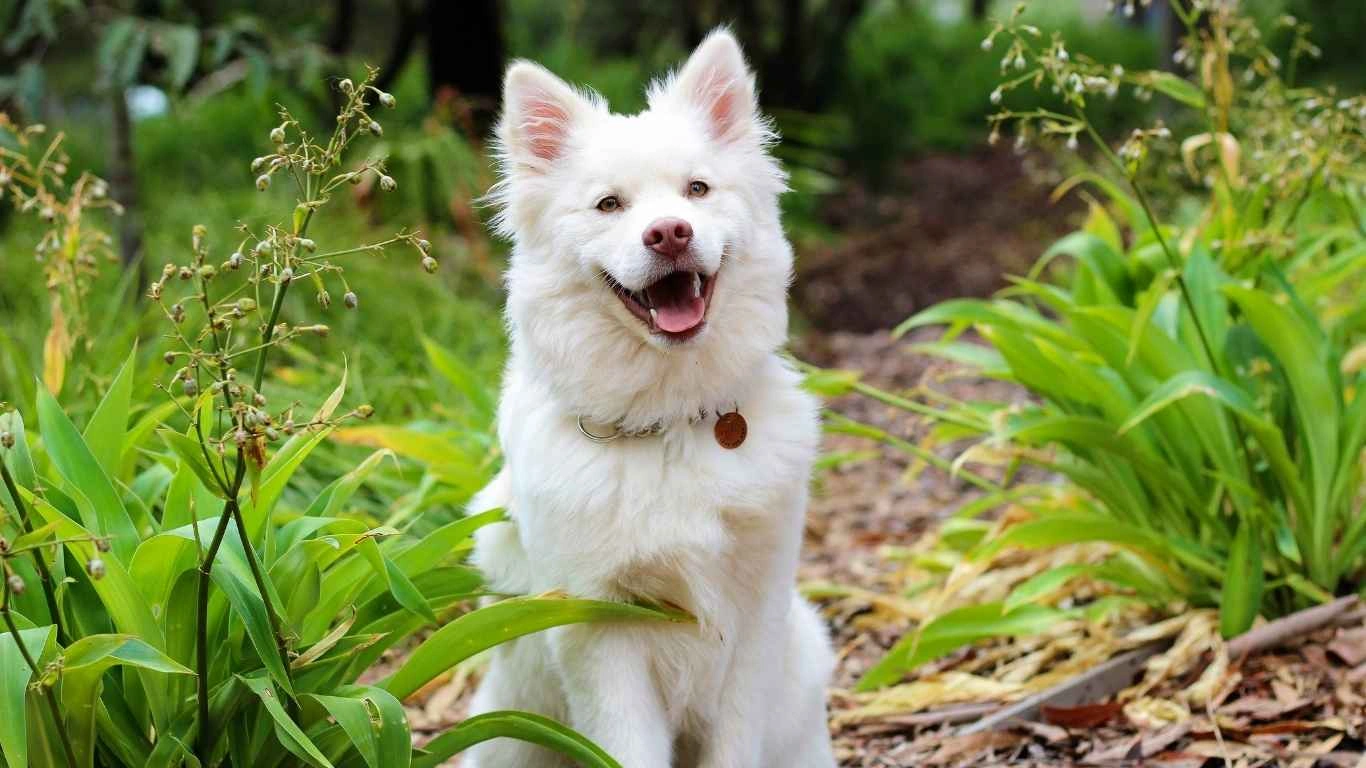
If you’ve given diet, supplements, grooming, and lifestyle the best shot and your dog is still shedding excessively or showing other skin issues, it’s time to get a professional involved. I can’t stress this enough from my clinical experience—sometimes, what looks like diet-related shedding is actually a symptom of underlying health conditions.
Possible Medical Causes to Rule Out:
- Hypothyroidism – A common hormonal imbalance that can cause hair loss and dull coats.
- Parasites – Fleas, mites, or ticks can irritate the skin and cause fur to fall out.
- Allergies – Food or environmental allergies often show up as skin problems.
- Infections – Bacterial or fungal infections can also cause hair thinning or patchiness.
During my years in the clinic, I worked alongside vets who’d perform simple blood tests or skin scrapings to identify these issues quickly. The sooner you catch and treat these problems, the better the chances for a full coat recovery.
Wrapping Up Your Journey to Less Shedding
Reducing your dog’s shedding naturally isn’t about quick fixes or expensive treatments—it’s about understanding what goes into their body and how it affects their skin and fur. From my personal and professional experience, focusing on the best diet to reduce dog shedding naturally paired with grooming and stress management can make an incredible difference.
Remember, every dog is unique, and sometimes it takes a little trial and error to find the perfect balance. But with patience, attention, and love, you’ll see your furry friend shed less and shine more.
References
Disclaimer
This article is intended for informational purposes only and is not a substitute for professional veterinary advice. If your dog is experiencing severe or persistent shedding, skin irritation, or other health issues, please consult a licensed veterinarian for diagnosis and treatment. Individual dietary needs may vary, and any changes to your dog’s diet or supplement regimen should be done under professional guidance.
